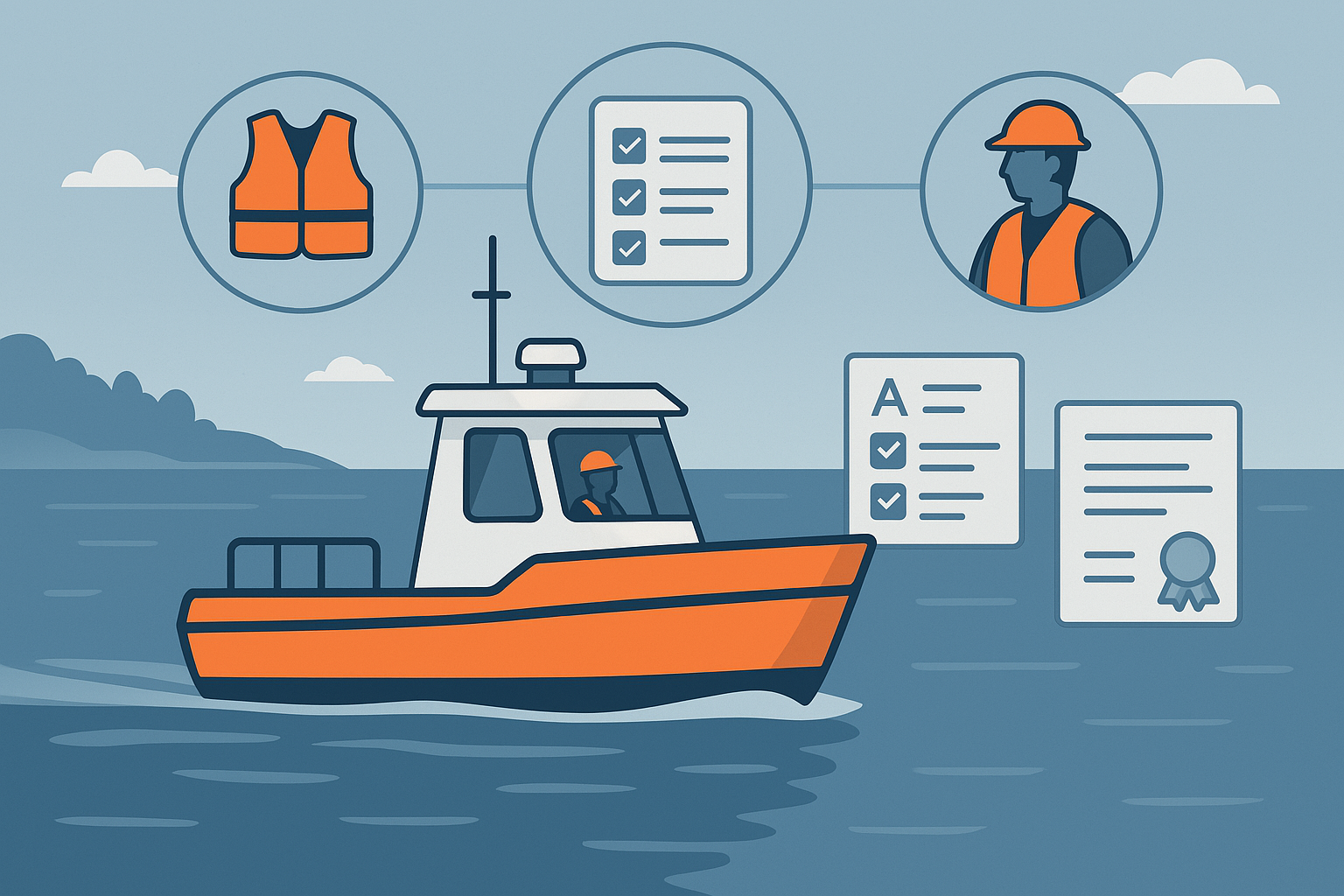ASH Course – Occupational safety and HSE

About Course
Introduction to the course
The working environment at sea is demanding, with physical, ergonomic, chemical, biological, psychological and social factors that can lead to accidents, injuries and illness. Seafarers sometimes experience long working days, isolation and a tight organizational structure.
Shipping is a global industry with great diversity. After the First World War, international standards were established, and today’s Maritime Labor Convention (MLC) ensures equal conditions and safeguards the working environment, safety and health on board. The flag state, which for Norwegian ships is Norway, checks that the conventions are followed. The shipping company must ensure the health and safety of the employees, while the master and safety representative organize the ASH work on board. Everyone must contribute to a safe working environment.
Accidents demonstrate the need for prevention and systematic safety work. A poor working environment can result in costs such as sick leave, damage to equipment and loss of income. A good working environment increases well-being and reduces sick leave.
